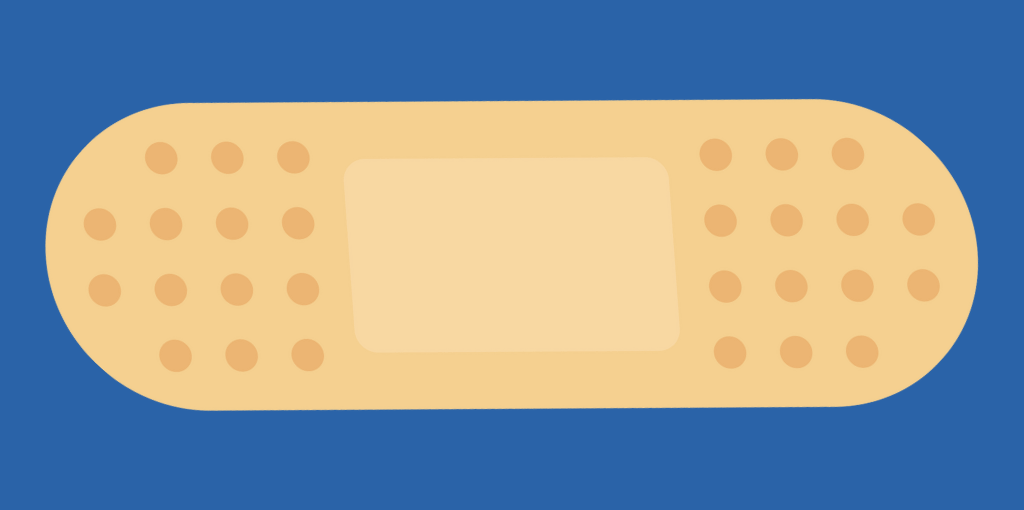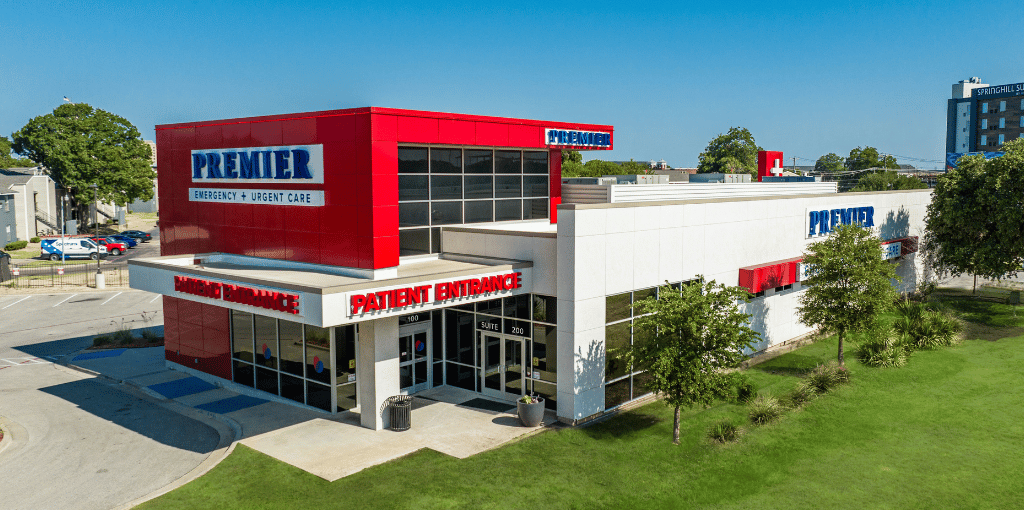Cuts Deep: When to Know When a Cut Needs More than Just a Bandage

We've all been there… a kitchen mishap, a clumsy moment during a workout, or an adventurous day outdoors resulted in cuts, scrapes, or more serious lacerations. Understanding the different types of wounds and how to handle them can make a difference in your healing and recovery.
Cuts and scrapes happen regularly, and many can be effectively managed at home. Understanding proper cleaning and treatment techniques for cuts and knowing when a cut or laceration is an emergency can lower infection risks and promote faster healing.
Types of Cuts, Scrapes, and Lacerations
- Cuts: Cuts are clean, straight-line injuries caused by sharp objects like knives or glass. They usually have smooth edges and can range from shallow to deep.
- Lacerations: These are the more gnarly, jagged wounds caused by blunt force or sharp objects. Picture a rough tear rather than a clean slice.
- Scrapes (Abrasions): These happen when you slide across a rough surface and the top layer of your skin gets rubbed off. Remember the time you fell off your bike as a kid? That's a classic scrape.
- Puncture Wounds: Deep, narrow wounds caused by something sharp, like stepping on a nail. They can be tricky because they can drive dirt and bacteria deep into the skin.
- Avulsions: These are severe when a chunk of skin and tissue is torn away. Think of machinery accidents or severe trauma.

Preventing and Treating Minor Cuts at Home
If your cut is not deep but bleeding, apply pressure gently with clean tissue or gauze to stop bleeding. Keep the gauze on the wound until bleeding stops. This will allow a clot to form. The bleeding should stop within a few minutes. If the blood persists, seek medical help, as you may need stitches.
- Wash your hands. This helps avoid infection.
- Clean the wound. Rinse the wound with water. Keeping the wound under running water will lower the risk of infection. Wash around the wound with soap. But don't get soap in the wound. And don't use hydrogen peroxide or iodine. Both can irritate wounds. Remove any dirt or debris with tweezers and clean with alcohol. See a healthcare professional if you can't remove all debris.
- Put on an antibiotic or petroleum jelly. Put on a thin layer of an antibiotic ointment or petroleum jelly to keep the surface moist and help prevent scarring. Ingredients in some antibiotic ointments can cause a mild rash in some people. If you get a rash, stop using the ointment.
- Cover the wound. Put on a bandage, rolled gauze, or gauze held in place with paper tape. Covering the wound keeps it clean. If you have just a minor scrape or scratch, don't cover it.
- Change the covering. Do this at least once a day or whenever the covering becomes wet or dirty.
Always consult a medical professional if you're unsure about the severity of a wound.
When Is a Cut an Emergency?
It’s important to know if you need immediate attention for severe cuts, scrapes, or lacerations.
- If the cut is deeper than half an inch.
- When the wound edges are gaping and can’t be easily pushed together.
- If you can see underlying structures like fatty tissue, muscle, or even bone.
- For cuts on joints or cosmetically significant areas like your face.
- If the wound is from a bite (animal or human) or a rusty object.
- Blood is flowing from the cut and will not stop
- The cut has become infected
- You have a fever of more than 100.4
Emergency Room (ER): Head to the ER if the wound is deep, bleeding heavily, or if there might be a fracture. Also, go if the cut is on your face, neck, or joints, or if it's caused by a serious accident.
Urgent Care: For less severe cuts that still need medical attention, urgent care is a good option. These are for wounds that aren’t excessively bleeding, have clean edges, and aren’t on critical areas.
Cuts and Wounds That Become Infected
Ignoring a cut or laceration can lead to serious issues. Here are some potential complications:
- Infection: Bacteria can enter the wound and cause infections, like staph infections or MRSA (Methicillin-resistant Staphylococcus aureus). Look out for redness, swelling, pain, and pus.
- Delayed Healing: Without proper care, wounds might take longer to heal and can leave bigger scars.
- Complications: Severe infections can spread, leading to systemic issues that require extensive medical treatment.
Knowing how to handle cuts, scrapes, and lacerations can make all the difference in healing quickly and avoiding complications. Stay safe, and remember, when in doubt, get it checked out.

Visit Premier ER & Urgent Care for Help With Cuts and Stitches
At Premier ER & Urgent Care you no longer have to guess where to go to get the level of care you or your loved ones need. With an ER and urgent care - under one roof, seek care confidently with Premier. Urgent Care is available from 7 AM – 9 PM, seven days a week. ER is open 24/7.
Premier ER & Urgent Care has four convenient locations in Texas-
San Marcos - 1509 N Interstate 35 San Marcos, TX 78666
Temple - 7010 West Adams Avenue Temple, TX 76502
Waco - 221 S Jack Kultgen Expy Waco, TX 76704
Woodway - 9110 Jordan Lane Woodway, TX 76712
